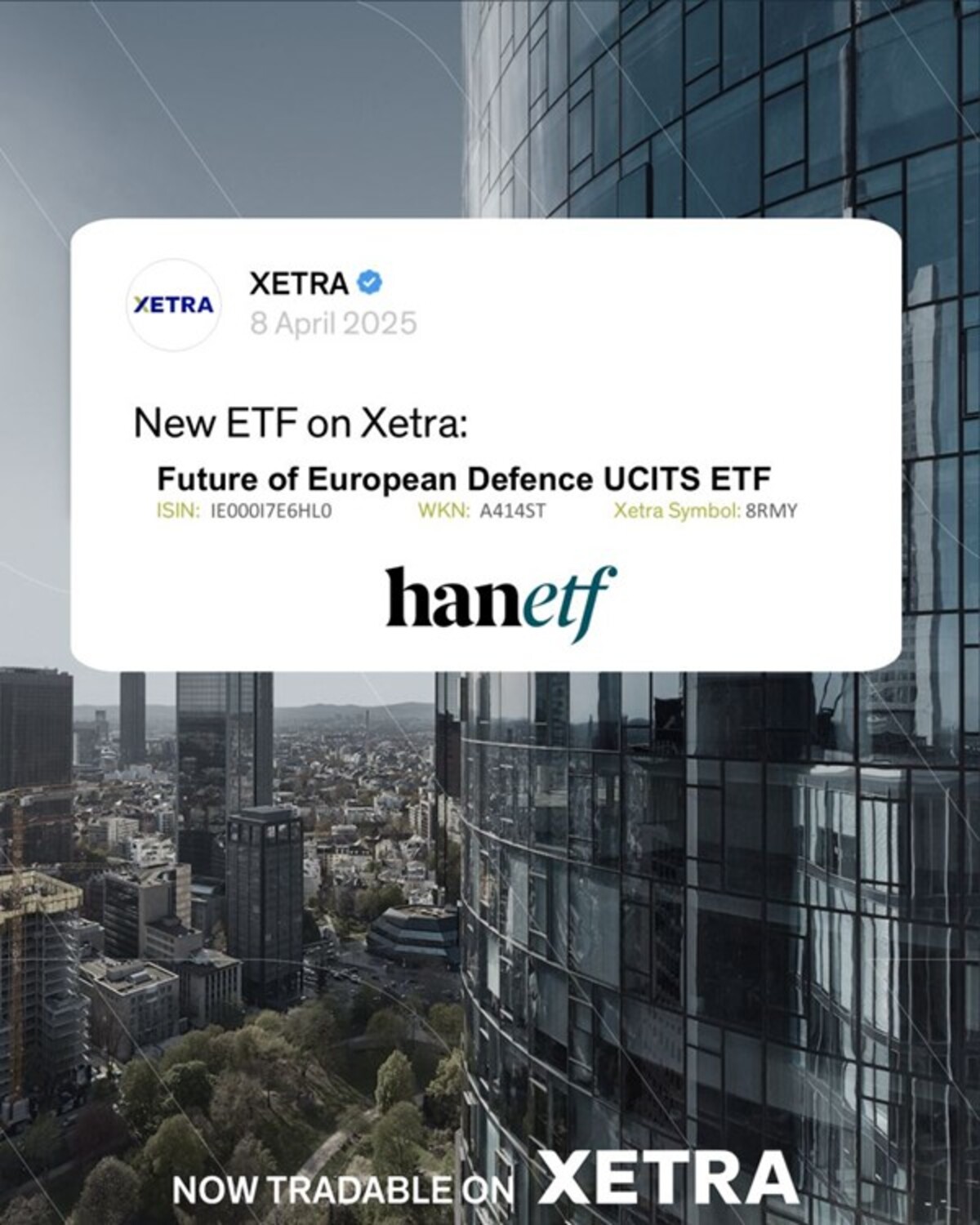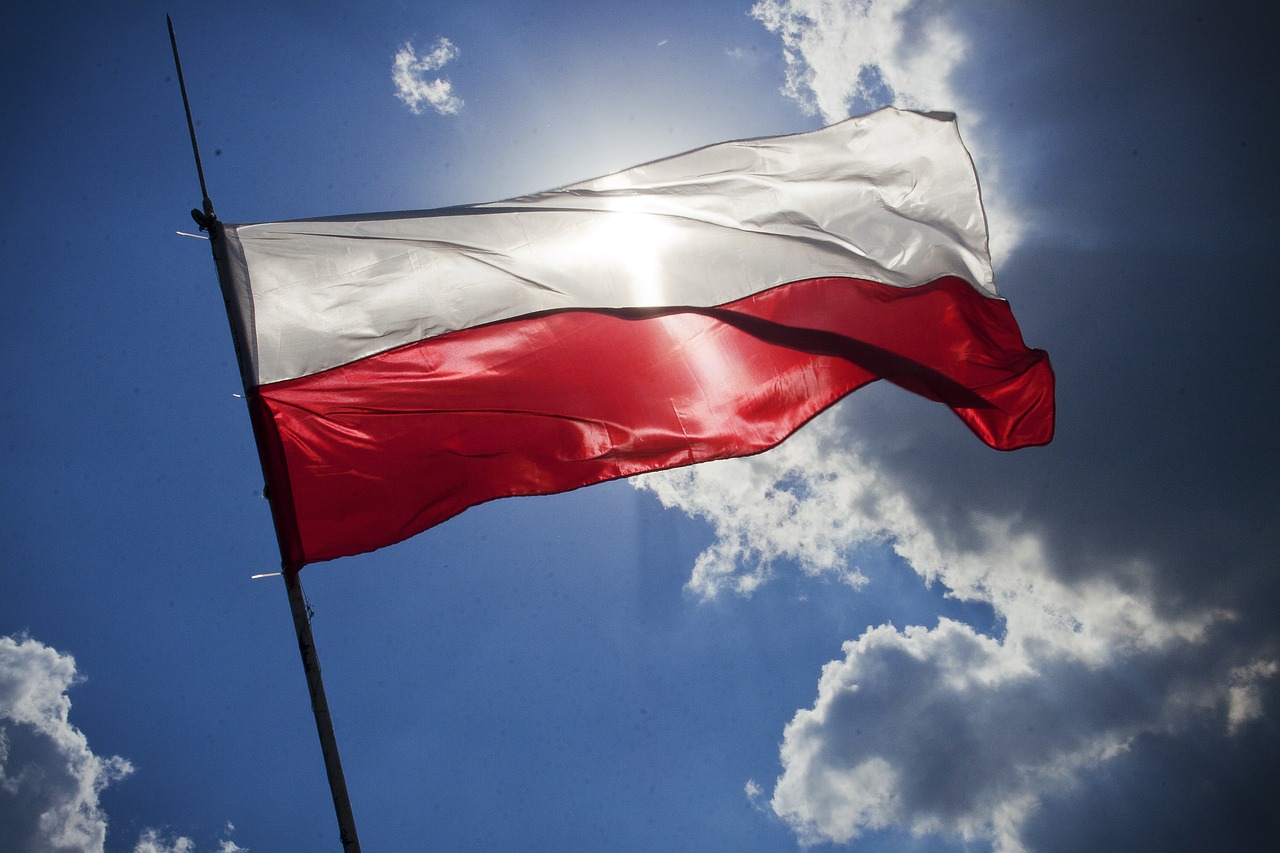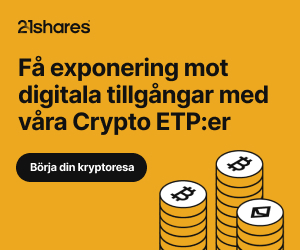Tekniken har haft ännu ett snabbt tillväxtår. Men det växer inte bara snabbt, det utvecklas också snabbt. Molntjänster är ryggraden i det datadrivna, appbaserade tekniska ekosystemet. De har varit avgörande för att hjälpa oss att hantera ett oförutsägbart år. 2020 har knuffat många nystartade nystartade företag och stora företag för att utnyttja molntjänster för att säkerställa affärskontinuitet
Teknik har gjort det möjligt för företag att fortsätta arbeta i år. Molntjänster har tagit plats i centrum, framöver kommer det bara att spela en större roll i företaget.
Enligt CloudTech förväntas de offentliga molnutgifterna växa från 229 miljarder US-dollar 2019 till 500 miljarder US-dollar 2023. Det är en sammansatt årlig tillväxttakt (CAGR) på 22,3%.
Nyckelspelare som Amazon Web Services (AWS), Microsoft Azure, Google Cloud och Alibaba, och förväntas växa ännu snabbare. I slutet av 2021 kommer 60% av företagen att utnyttja containrar på offentliga molnplattformar. 25% av utvecklarna kommer att vara serverlösa.
Eftersom denna marknad fortsätter sin tillväxt och utveckling, här är tre trender att se 2021.
Serverlös datoranvändning
En molnfri server är en teknik som implementerar funktioner i molnet på en nödvändig basis. Företag litar på serverlösa datorer eftersom det ger dem utrymme att arbeta på kärnprodukter utan press för att driva eller hantera servrar. Microsofts vd Satya Nadella gynnar serverlöst datoranvändning och han tror att serverlösa datorer inte bara kan svara och fokusera på backend-dator, utan också bli nyckeln till den överhängande framtiden för distribuerad datadelning.
Serverless var bland de fem snabbast växande PaaS-molntjänsterna 2020, enligt Flexera 2020 State of the Cloud-rapporten.
Hybridmoln ansluter sig till leverantörer
Att välja mellan offentliga, privata eller hybridmolnmiljöer har visat sig vara utmanande för vissa organisationer.Var och en erbjuder fördelar och nackdelar när det gäller flexibilitet, prestanda, säkerhet och efterlevnad.
Enligt Gartner var det faktiska antalet företag som använde hybridmoln 58% 2019, en ökning med 6% jämfört med 2018. Hybridmolnfördelar inkluderar hastighet, kontroll och säkerhet. När det gäller hastighet optimerar det nätverket för att minska latensen och snabba upp data så att det kan nå dit det behöver vara. För kontroll kan företag anpassa slutet på sin hybridmolnmodell, optimera den och justera den efter deras behov snarare än att lita på en tredjepartsmolnleverantör.
Den fortsatta efterfrågan på hybridmoln kan leda till att världens största leverantörer delvis bryter ut från sin muromgärdade trädgård. Genom att samarbeta och införa viss driftskompatibilitet kan de fortsätta att tillfredsställa flera molnkrav. Detta möjliggör bättre datadelning och åtkomst mellan partners, som kan arbeta i olika applikationer och standarder.
Virtuella molndatorer
Ett virtuellt molnskrivbord refererar till programvarukraven för en enhet som hanteras helt av molntjänstleverantörer. Användaren behöver bara ha en skärm och lite grundläggande hårdvara medan resten av processorkraften hanteras sömlöst av molnbaserade tjänster.
Användare av virtuella molnskrivbord betalar bara för molnanvändning, vilket eliminerar kostnaderna för att skaffa kraftfull ny hårdvara, uppdatera befintlig hårdvara och bortskaffa redundant datorutrustning.
Ibland kallas det för desktop-as-a-service. Den här datormodellen erbjuds av Amazon via Workspaces-plattformen och Microsoft med Windows Virtual Desktop. Google erbjuder också funktioner via sina Chromebook-enheter. I praktiken kan detta öka effektiviteten över hela arbetskraften genom att säkerställa att alla använder uppdaterad, synkroniserad teknik.
Vilken ETF erbjuder exponering mot Cloud Service tjänster?
HAN-GINS Cloud Technology UCITS ETF (SKYY) strävar efter att ge exponering till företag som är verksamma inom molntjänster, såsom tjänsteleverantörer eller tillverkare av utrustning eller programvara med fokus på molnbearbetning. de ledande företagen inom molnprogramvaru- och tjänstebranschen. Med hjälp av en AI-process består SKYY av beståndsdelar viktade med marknadsvärde och begränsas till 4 procent.
Digital Infrastructure and Connectivity UCITS ETF (DIGI) är en börshandlad fond som erbjuder exponering mot företag som arbetar inom den snabbt växande sektorn för digital infrastruktur. Det finns mycket som talar för att detta segment kommer att fortsätta att växa snabbt även de kommande åren. Denna ETF noterades för bara några månader sedan veckor sedan men har redan sett två stora M & A-transaktioner inträffa med två av den börshandlade fondens innehav. I korthet, de har sett en del uppköp av sina innehav.
SKYY ETF och DIGI ETF handlas båda på Deutsche Boerse (Xetra). Det betyder att det går att handla andelar i dessa börshandlade fonder genom de flesta svenska banker och Internetmäklare, till exempel Nordnet och Avanza.

 Nyheter2 veckor sedan
Nyheter2 veckor sedan
 Nyheter4 veckor sedan
Nyheter4 veckor sedan
 Nyheter2 veckor sedan
Nyheter2 veckor sedan
 Nyheter3 veckor sedan
Nyheter3 veckor sedan
 Nyheter1 vecka sedan
Nyheter1 vecka sedan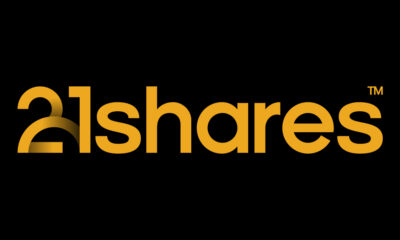
 Nyheter1 vecka sedan
Nyheter1 vecka sedan
 Nyheter3 veckor sedan
Nyheter3 veckor sedan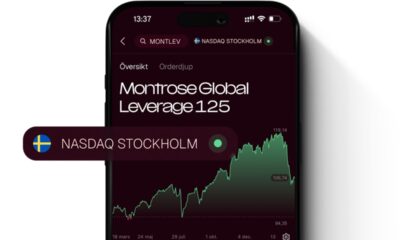
 Nyheter6 dagar sedan
Nyheter6 dagar sedan














